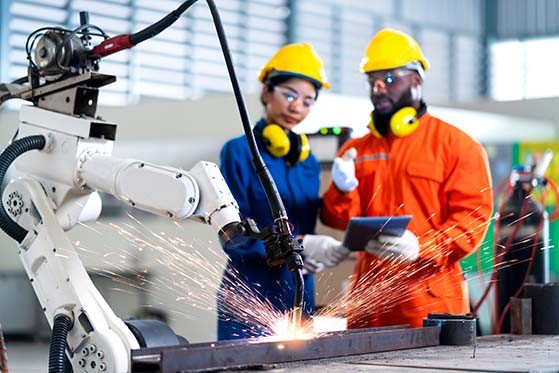In today’s rapidly evolving tech world, ensuring that software applications work reliably is more important than ever. As software systems grow more complex, traditional testing methods are becoming increasingly slow, inefficient, and error-prone. In fields such as automotive infotainment, mission-critical medical devices, banking systems, and aviation, automated testing still covers less than half of all processes due to hardware dependencies. This creates challenges for meeting tight release deadlines.
Conventional testing methods, especially intrusive approaches like code-based automation, often fall short in these sectors. As a result, many testing teams rely heavily on manual efforts, which are inherently slow and susceptible to mistakes. Considering that a single test engineer typically contributes about 2,500 man-hours annually, there is a clear need for a more efficient solution. This is where robot-aided software testing makes a significant impact—by integrating physical robots and artificial intelligence to speed up testing, increase precision, and boost overall efficiency.
What is Robot-Aided Software Testing?
Robot-aided software testing leverages both physical and virtual robots to automate the evaluation of software and hardware systems. By combining robotic accuracy with AI’s capabilities, this method simulates real user interactions through automated test cases that would normally require manual input. Robots can mimic human actions—pressing buttons, navigating interfaces, interacting with hardware, and handling varying test conditions—making this approach especially effective for products embedded with software or those featuring human-machine interfaces (HMIs).
Key Benefits of Using Robots for Software Testing
- Enhanced Accuracy and Consistency
Robots eliminate the fatigue and human error often encountered during repetitive manual tests. Their consistent performance ensures that bugs and performance issues are detected more reliably, thus improving the overall quality of the product. - Accelerated Testing Cycles
Automated testing runs much faster than manual processes. Robots can operate continuously—almost 24/7, aside from scheduled maintenance—delivering significantly more testing hours annually compared to human testers. This speed is especially valuable in agile development environments, where rapid cycles are essential. - Effective Management of Complex Scenarios
When multiple hardware dependencies are involved, complex test scenarios can be challenging to execute manually or with standard software automation tools. Robots are capable of interacting with various devices and software layers simultaneously, ensuring thorough and comprehensive testing. - Long-Term Cost Efficiency
Although the initial setup for robotic testing may seem expensive, adopting a Robot as a Service (RaaS) model can reduce costs substantially. This approach can boost productivity by up to five times and cut expenses to roughly one-third of traditional methods, ultimately saving both time and money. Early bug detection also helps avoid the high costs associated with later-stage fixes. - Scalability and Flexibility
As testing requirements grow, robot-aided testing can easily scale up. Whether it’s running thousands of test cases concurrently or managing multiple software versions, robots handle increased loads without sacrificing quality. Additionally, the adaptability of AI-generated test scripts means they can adjust to changes in the user interface in real time, ensuring continued efficiency even when modifications occur. - Comprehensive Testing of Both Software and Hardware
One standout advantage of this method is its ability to test integrated software and hardware components simultaneously. This is crucial for industries such as automotive, medical, consumer electronics, and industrial automation, where software is an integral part of physical products. Robot-aided testing provides a more realistic simulation of user interactions, offering a more accurate evaluation than traditional code-based automation.
Final Thoughts
Robot-aided software testing is emerging as a fundamental component of modern software development, particularly in sectors where accuracy and dependability are critical. By automating repetitive tasks and providing faster feedback, this innovative approach enables organizations to deliver high-quality products more efficiently. As technology continues to advance, leveraging robotic testing will become increasingly vital for maintaining competitiveness and ensuring quality.
For more information or to explore how robotic testing can transform your quality assurance processes, please feel free to get in touch.





